SEC Investigating Tesla for Failing to Notify Investors of Fatal Crash

Was the fatal May crash of a Tesla Model S driving in Autopilot mode significant enough for the automaker to inform its shareholders? The Securities and Exchange Commission plans to find out.
The federal agency recently opened an investigation into Tesla to determine if the automaker broke securities laws by not notifying investors of the crash, according to the Wall Street Journal.
To reach a conclusion, the SEC needs to decide whether the May 7 crash that killed Joshua Brown on a Florida highway was a “material” event — an incident serious enough to warrant a securities filing, which would make investors aware of potential risk.
Brown died after his vehicle’s semi-autonomous Autopilot system failed to recognize a tractor-trailer crossing the highway in front of him. The radar-and-camera setup controlling the system mistook the brightly lit trailer for the surrounding sky, meaning it didn’t alert the driver or begin emergency braking.
Tesla informed the National Highway Traffic Safety Administration of the crash on May 16, but the first time investors heard of it was a June 30 blog post on the automaker’s website. (That post coincided with media reports detailing the NHTSA’s investigation into the crash.)
By late May, Tesla investigators determined that the victim’s Autopilot system contributed to the crash, but not before the company sold $2 billion of stock.
A source familiar with the matter told the WSJ that the SEC investigation is preliminary, and might not result in any action on the part of the agency.
Even before the SEC announced its probe, some critics argued the crash counted as “material.” Tesla and the publication Fortune waged an online battle over the debate, with the magazine stating the automaker should have revealed details of the crash earlier.
[Image: Tesla Motors]
Correction: An earlier version of this story stated the Tesla Autopilot system used laser and camera technology to see objects in its vicinity. Tesla vehicles do not use laser, but use radar. We’ve corrected the article to reflect this.

More by Steph Willems
Latest Car Reviews
Read moreLatest Product Reviews
Read moreRecent Comments
- Corey Lewis It's not competitive against others in the class, as my review discussed. https://www.thetruthaboutcars.com/cars/chevrolet/rental-review-the-2023-chevrolet-malibu-last-domestic-midsize-standing-44502760
- Turbo Is Black Magic My wife had one of these back in 06, did a ton of work to it… supercharger, full exhaust, full suspension.. it was a blast to drive even though it was still hilariously slow. Great for drive in nights, open the hatch fold the seats flat and just relax.Also this thing is a great example of how far we have come in crash safety even since just 2005… go look at these old crash tests now and I cringe at what a modern electric tank would do to this thing.
- MaintenanceCosts Whenever the topic of the xB comes up…Me: "The style is fun. The combination of the box shape and the aggressive detailing is very JDM."Wife: "Those are ghetto."Me: "They're smaller than a Corolla outside and have the space of a RAV4 inside."Wife: "Those are ghetto."Me: "They're kind of fun to drive with a stick."Wife: "Those are ghetto."It's one of a few cars (including its fellow box, the Ford Flex) on which we will just never see eye to eye.
- Oberkanone The alternative is a more expensive SUV. Yes, it will be missed.
- Ajla I did like this one.
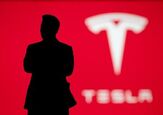
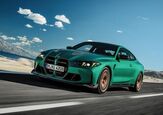














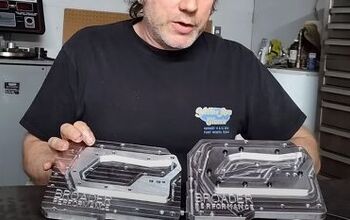

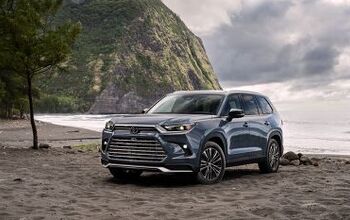
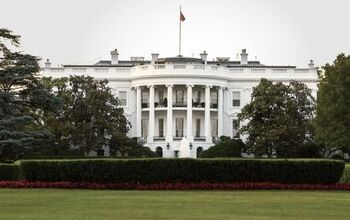

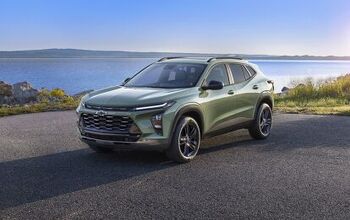
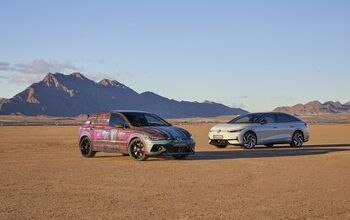
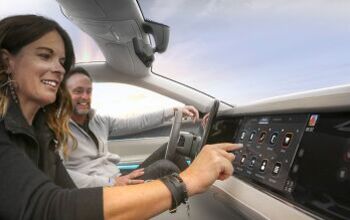
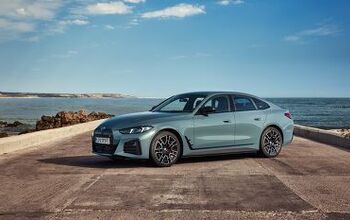
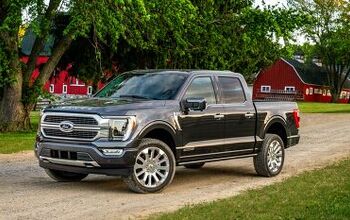
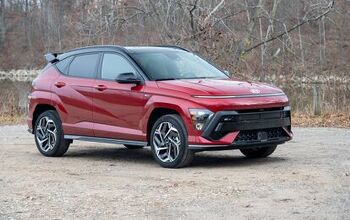
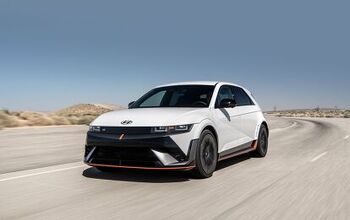


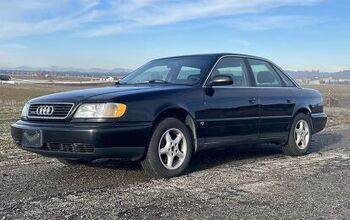
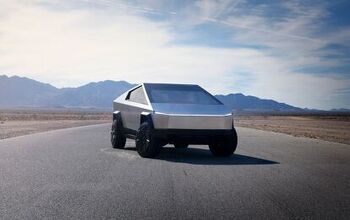

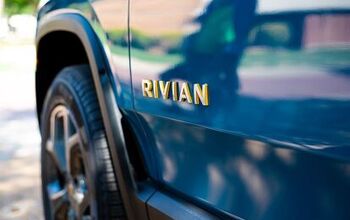
Comments
Join the conversation
The Tesla system is radar and camera based, they do not have a laser sensor of any kind. The grownup automakers and Google are all developing real autonomous systems using LiDAR (a spinning laser), which would have easily 3D mapped a freaking tractor trailer.
@NickS: I can imagine a failure mode with forward looking radar if the radar field of view is limited to hood height and below.